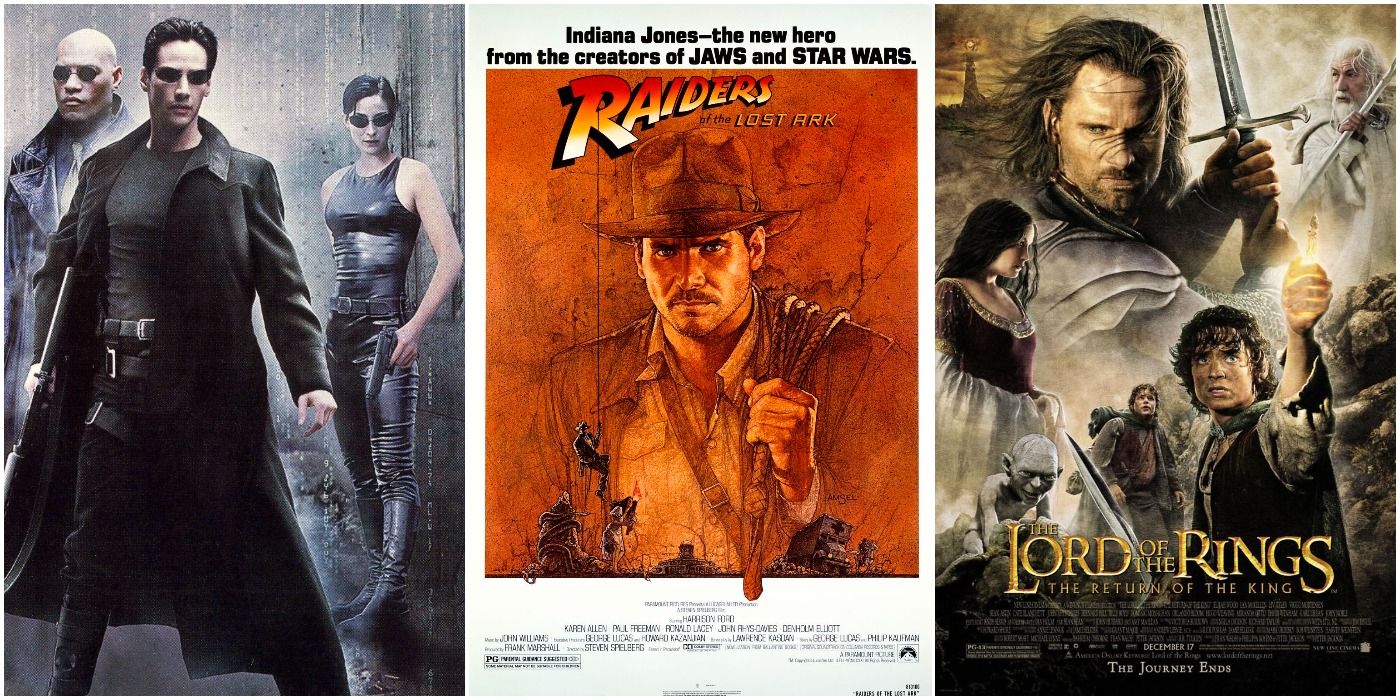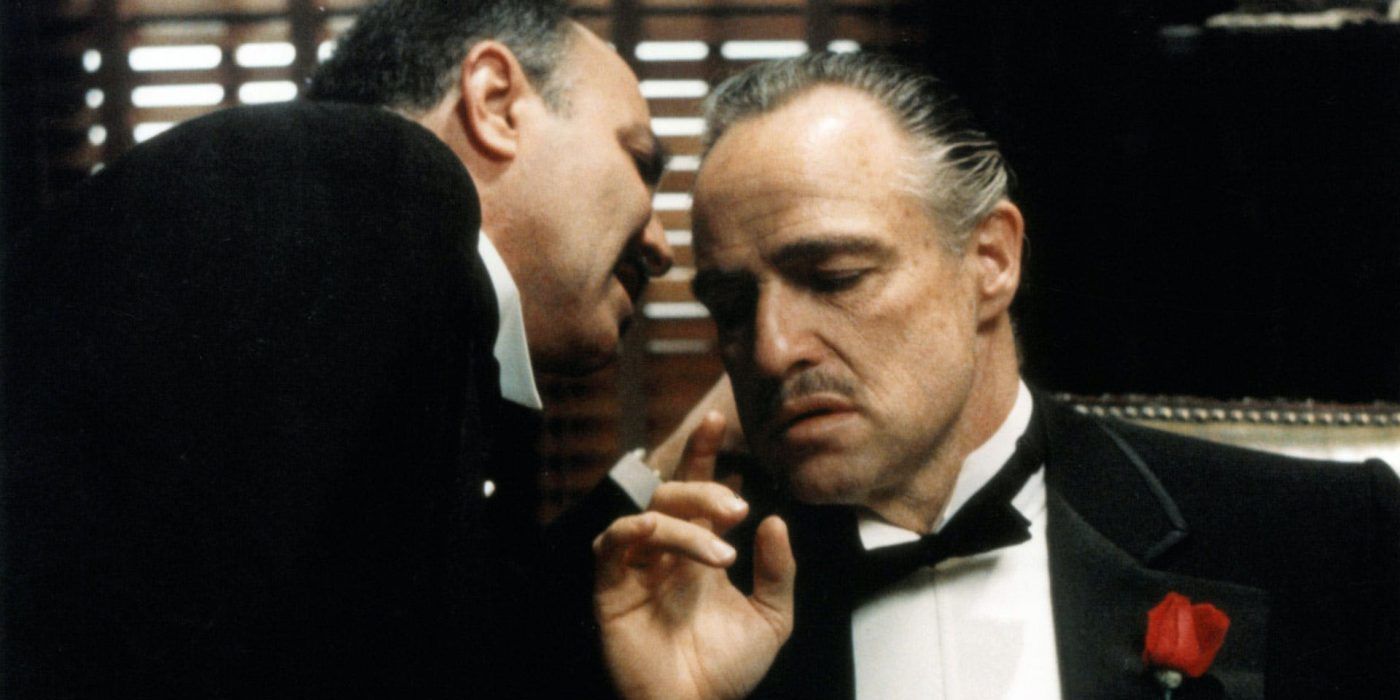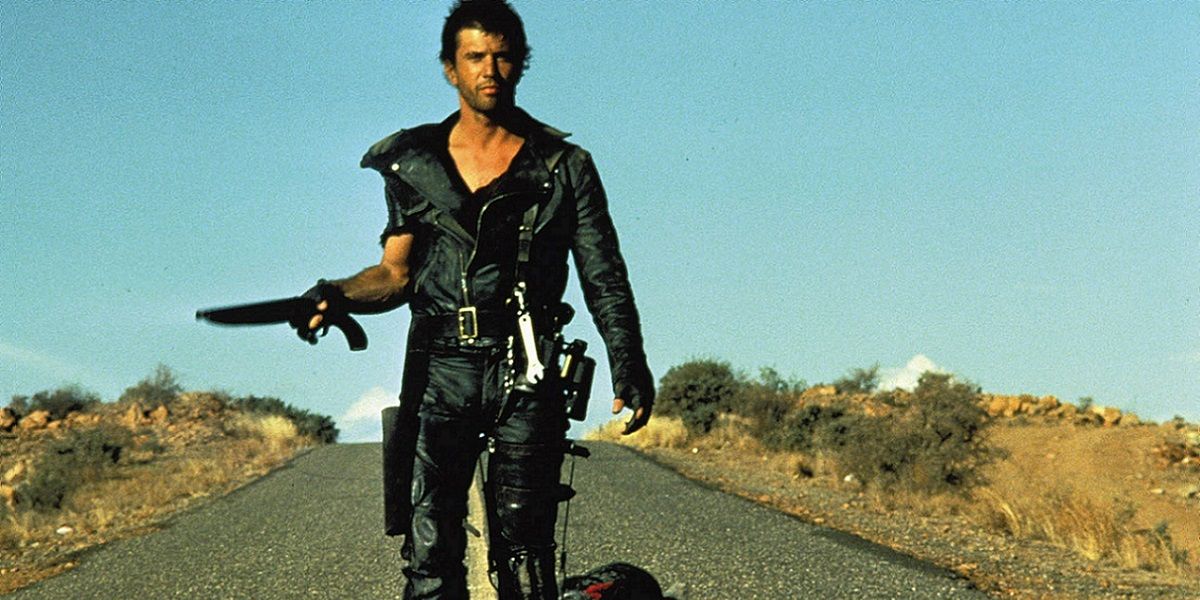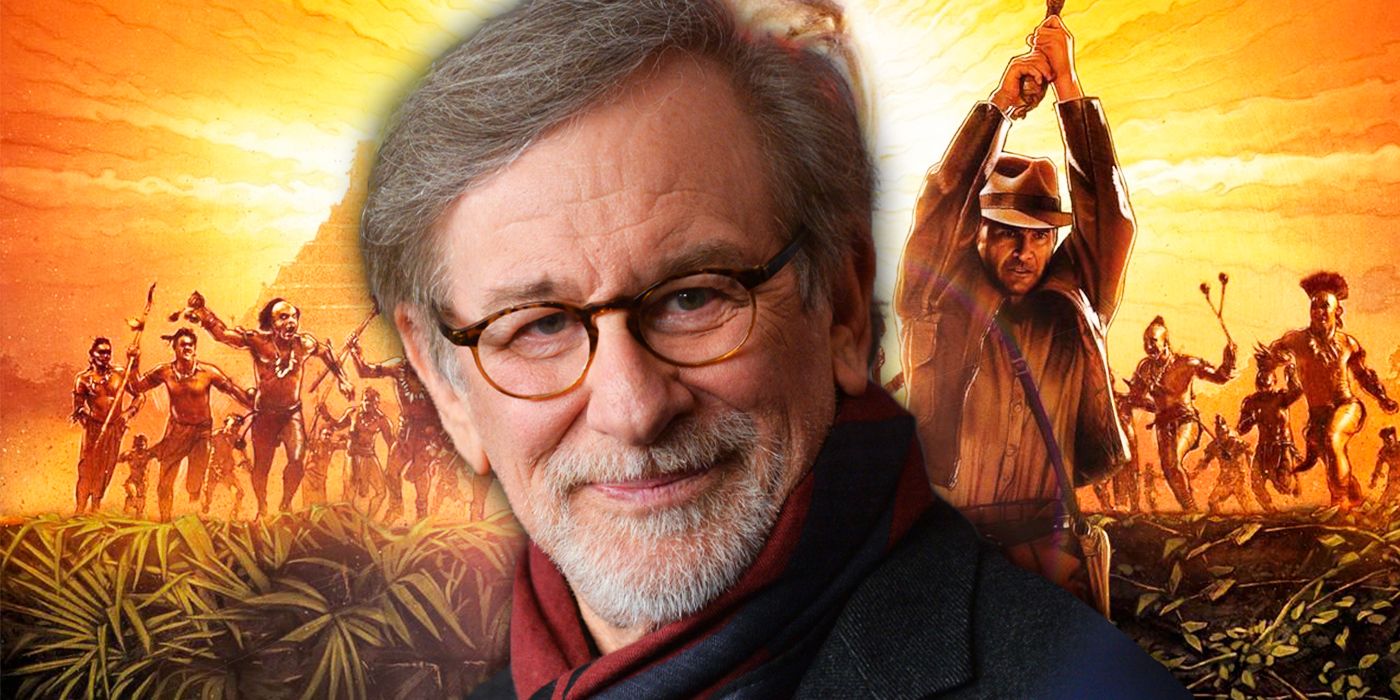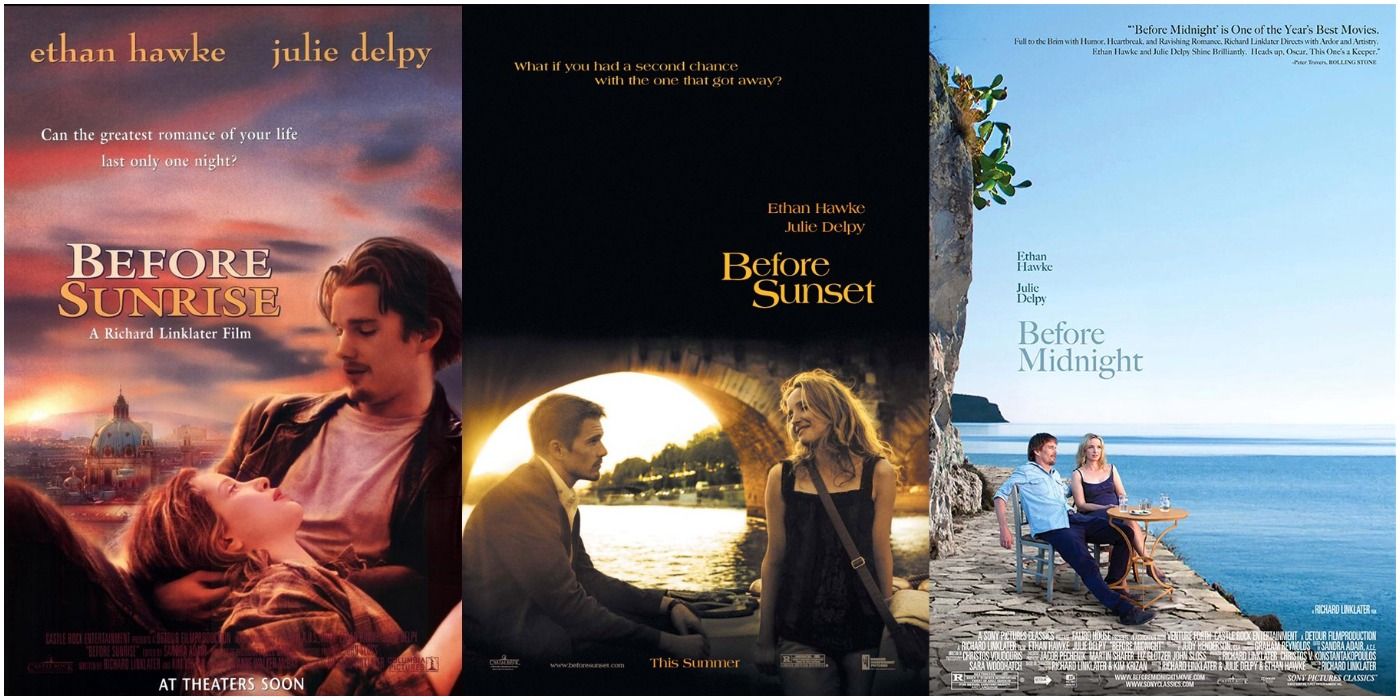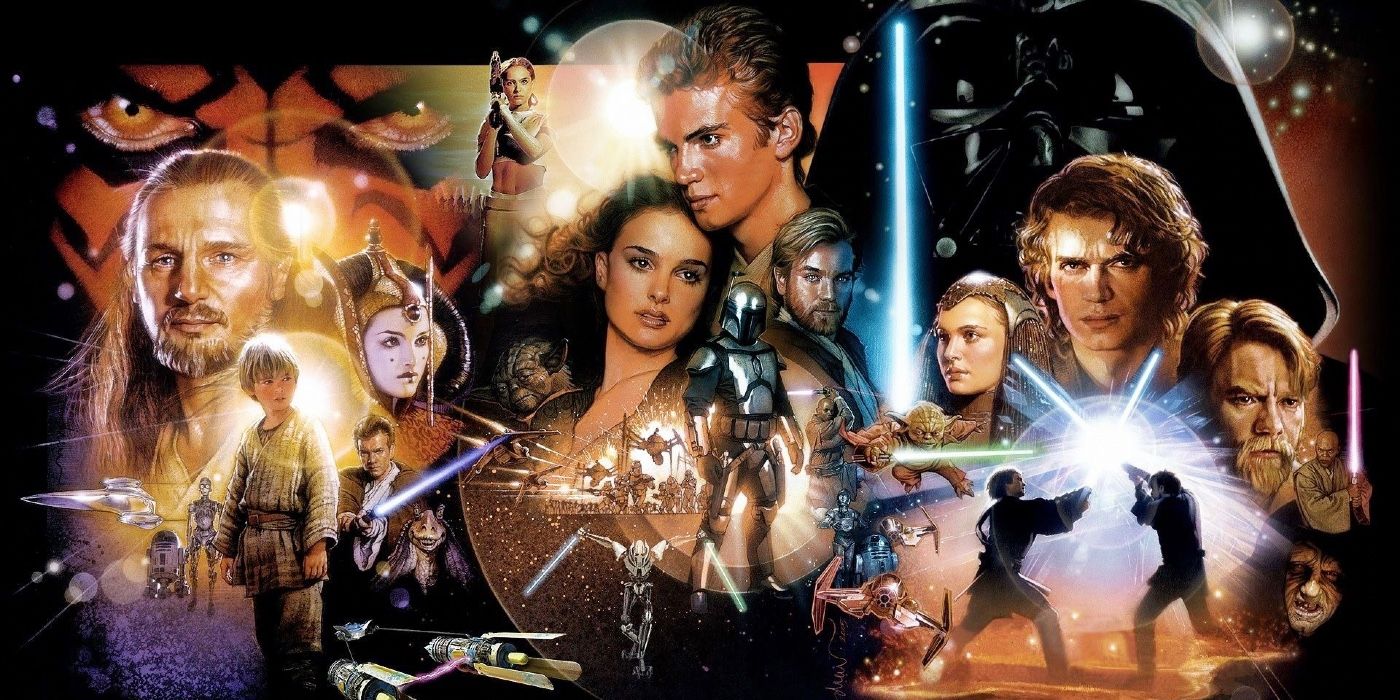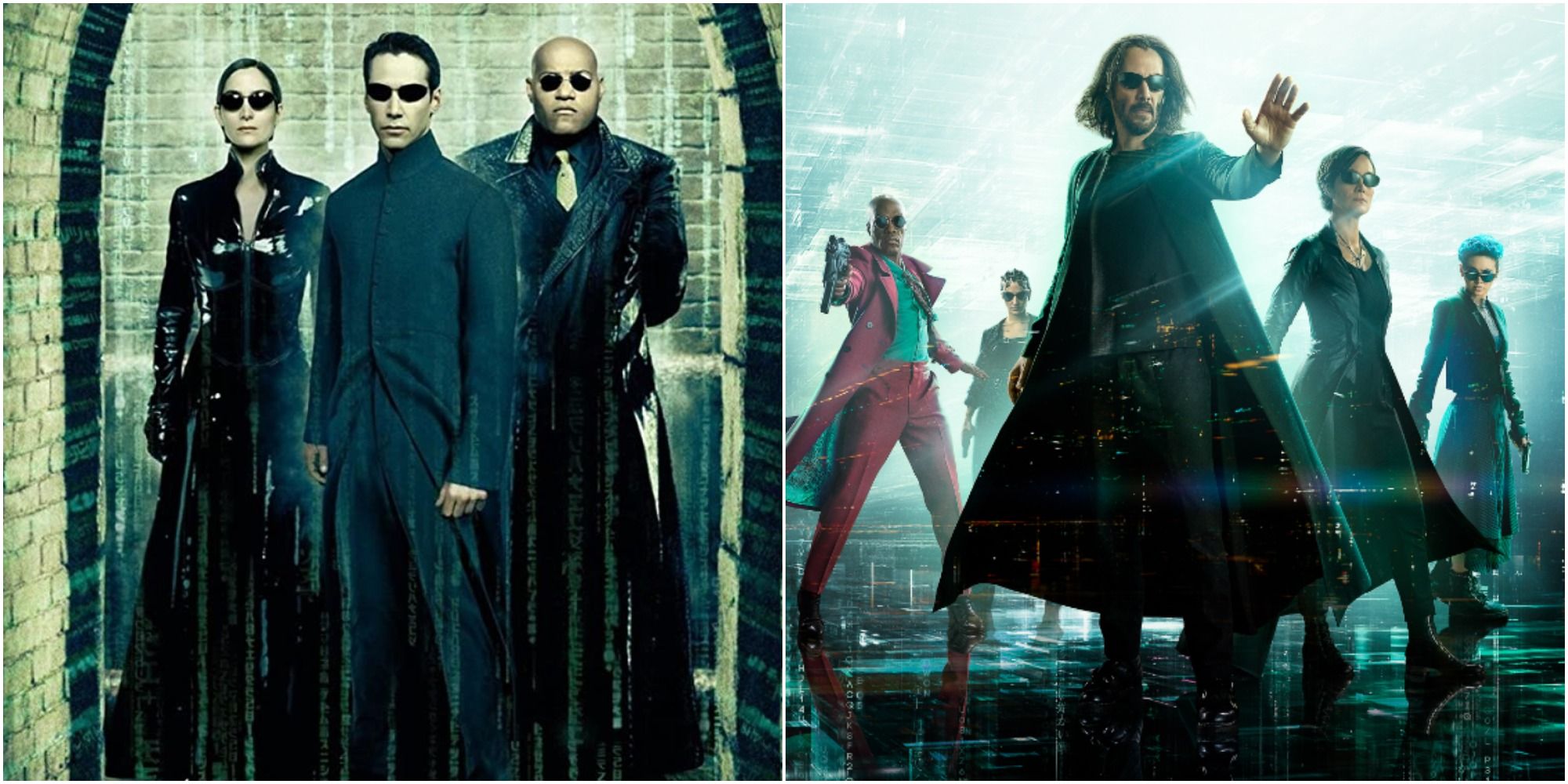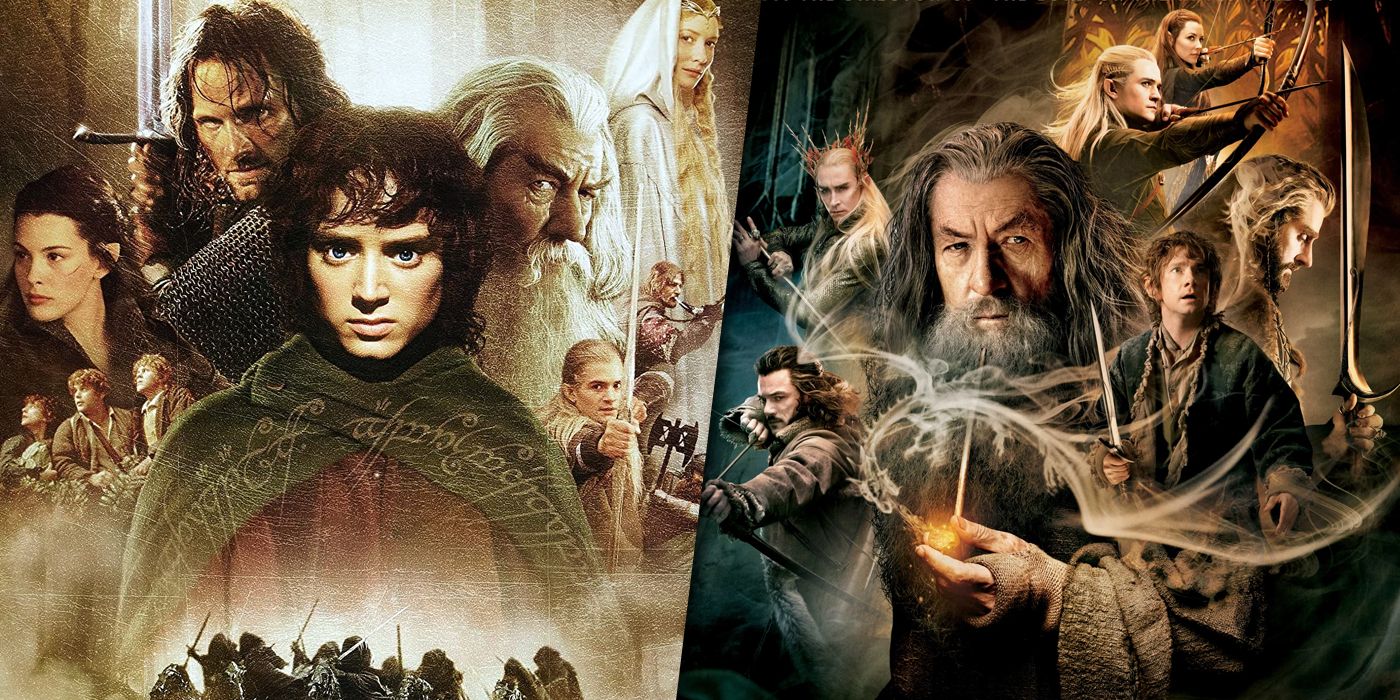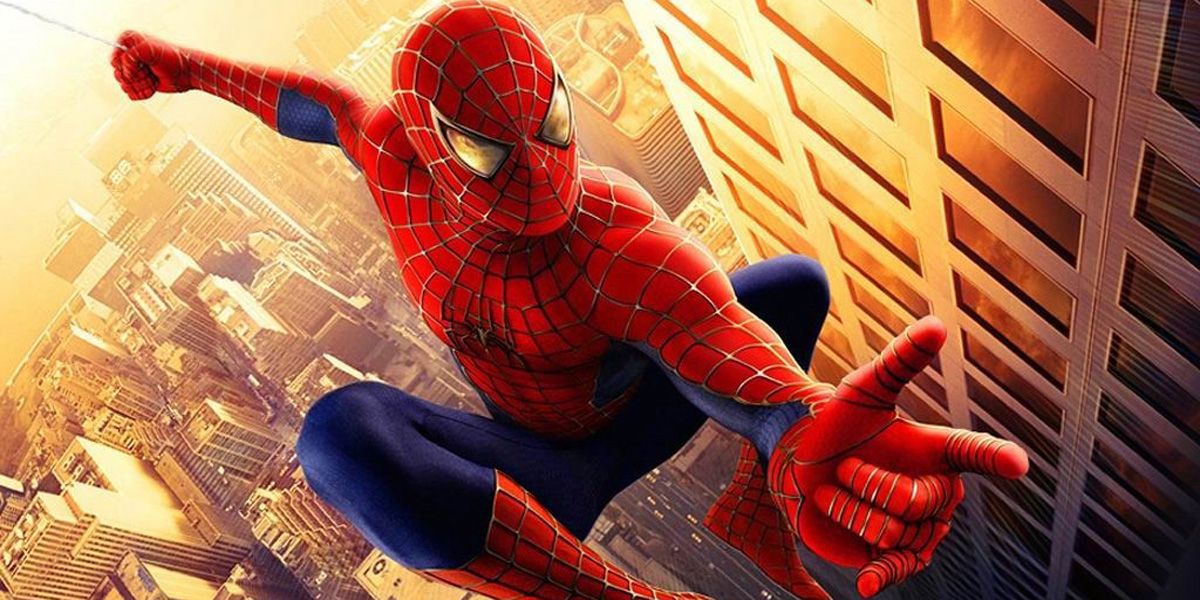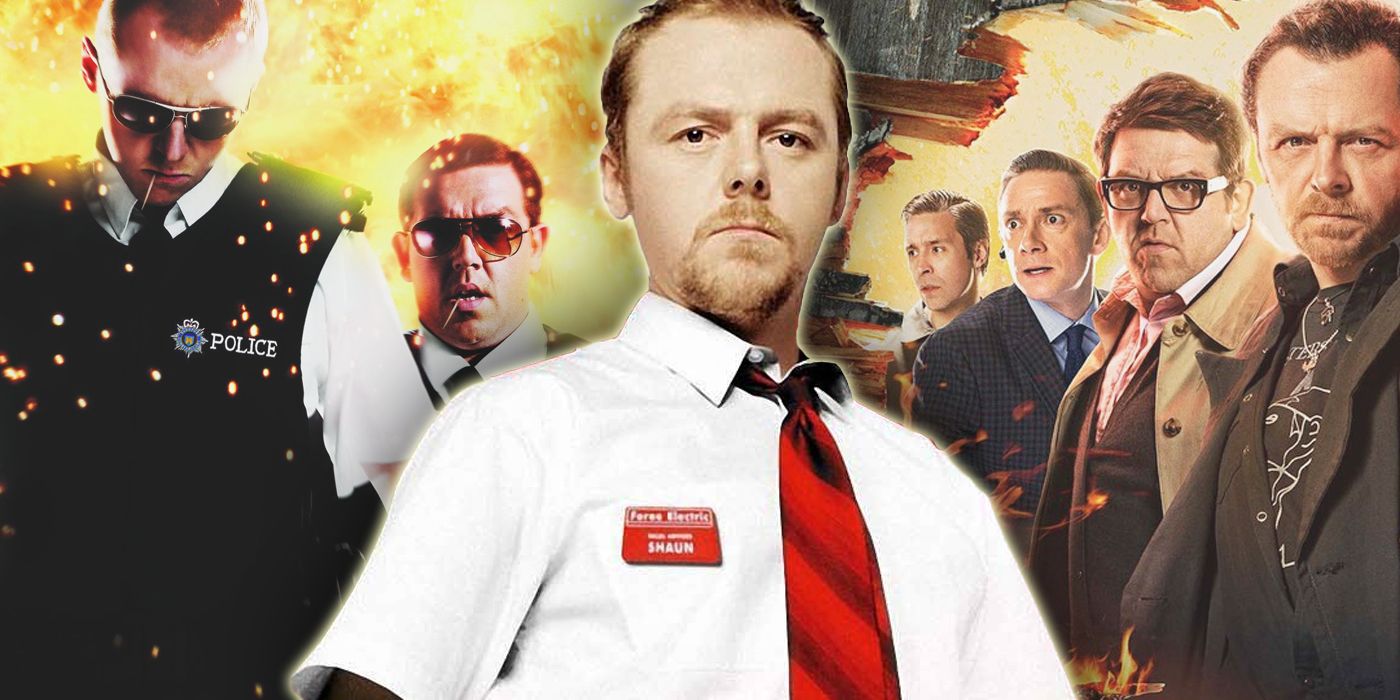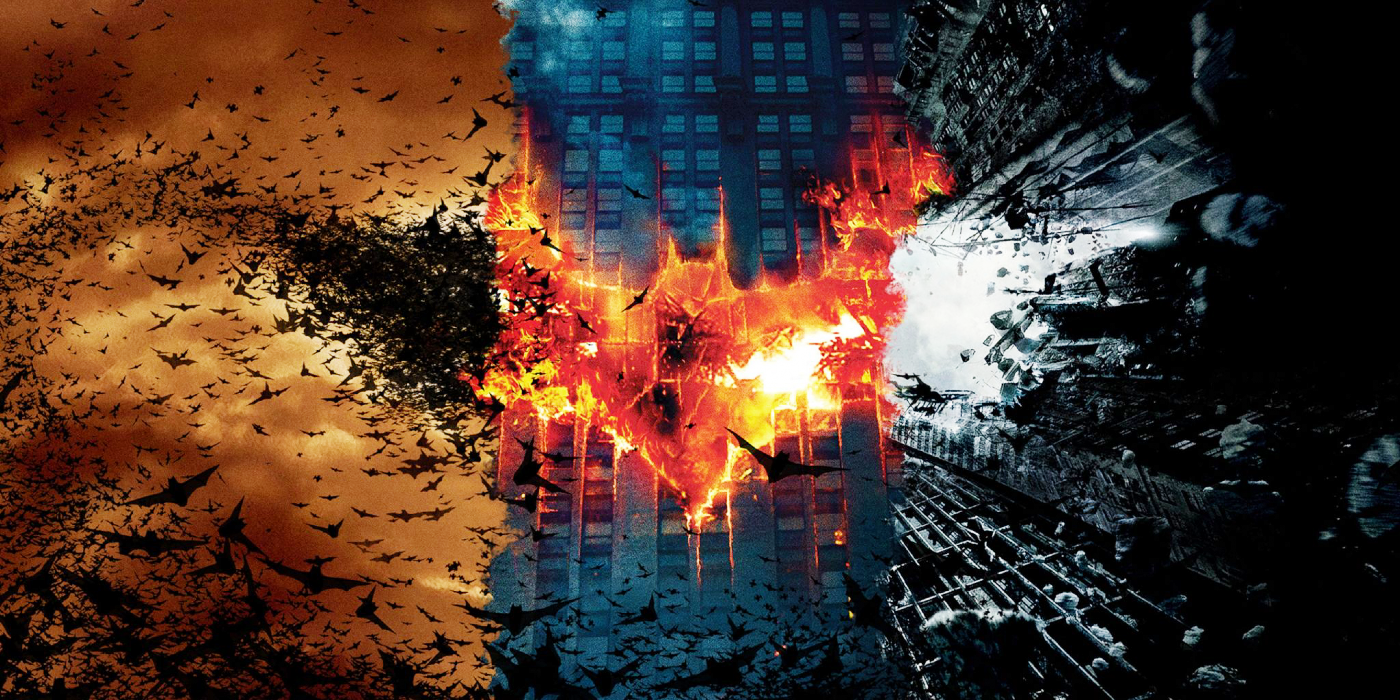Film franchises have become the brick and mortar upon which Hollywood is built. As these franchises go on for longer and longer, odds inevitably go up that members of the creative team or cast will depart, up to and including the director. Not always, though.
There are some big-name Hollywood franchises where the same director stayed on until the end, whether that end is a down-the-line reboot or a genuine conclusion.
10 Francis Ford Coppola Was Roped Back Into The Godfather
Ironically, Francis Ford Coppola's most famous contribution to cinema was a job he initially didn't want. For the film adaptation of Mario Puzo's The Godfather, Paramount wanted a movie "ethnic to its core" and demanded an Italian-American director. Coppola was approached, as he fit the ethnic bill and was in such dire financial straits, he had trouble saying no.
Despite his hesitation and dislike of the source material, Coppola agreed and produced a masterpiece. Paramount was eager for a sequel, and Coppola agreed for the price of $1 million and creative freedom. After a string of failures in the 1980s, Coppola returned to Puzo's well in 1990. For the 30th anniversary of Part II, he re-edited the film into The Death of Michael Corleone.
9 Mad Max All Comes From The Mastermind Of George Miller
Not all film franchises come out of Hollywood. The first Mad Max was a low-budget Australian action film, shot locally in Melbourne by director George Miller. After the film's spectacular success both in native markets and worldwide, Miller was able to direct two sequels: The Road Warrior and Beyond Thunderdome (the latter co-directed by George Ogilvie).
The next Mad Max film, Fury Road, came in 2015, thirty years after the previous one. While Max was recast from Mel Gibson to Tom Hardy, Miller returned to direct. The result was acclaimed as the best Mad Max film yet.
8 Indiana Jones Is All The Work Of Steven Spielberg
Steven Spielberg and George Lucas are of the New Hollywood generation, but they adapted to the commercial landscape the best of their peers. The 1980s saw their greatest collaboration, Indiana Jones. All three films were directed by Spielberg and produced by Lucas.
This partnership was so fruitful because their roles played to their respective strengths. Lucas' imagination and business acumen make him a perfect producer, while Spielberg has unmatched raw talent with the camera. They re-teamed for a fourth film, Kingdom Of The Crystal Skull, in 2008 to divisive results.
7 The Before Trilogy Works Because It Follows The Aging Of Its Director And Star
In 1995, Richard Linklater directed Before Sunrise, a romance film about two young travelers, Jesse (Ethan Hawke) and Celine (Julie Delpy), who spend one evening together in Vienna. They promise to meet again, and the film concludes with whether they will an open question.
What followed were two sequels, Before Sunset then Before Midnight, each one with a nine-year gap between the last one. Hawke and Delpy co-wrote the sequels, and the reason the films work so well is they follow not just Jesse and Celine's relationship, but Linklater, Hawke, and Delpy's maturation as artists.
6 The Star Wars Prequels Are Pure George Lucas
Star Wars' popularity exists in waves, each wave demarcated by a trilogy. The only trilogy in the saga with the same director is the second one, aka the prequel trilogy. George Lucas created the universe, but of the original trilogy, he only directed the first film, retroactively named A New Hope.
He intended to repeat this hand-off with the prequels, but for numerous reasons, wound up directing them all himself. For better or worse, the films are wholly his un-compromised vision.
5 Every Matrix Movie Has At Least One Wachowski Sister Involved
The Matrix was one of the last Hollywood franchises developed from an original idea. That idea came from Lana & Lilly Wachowski, and the technical mastery and depth of the original Matrix is all the more astounding as the sisters had only directed one other film before.
The Wachowskis re-teamed for the sequels, both released in 2003, which seemingly ended Neo's story. However, in 2021, Lana revived The Matrix with a fourth film appropriately subtitled Resurrections, though Lilly chose not to participate.
4 Both Middle-Earth Trilogies Were Helmed By Peter Jackson
Lord of the Rings is one of the most ambitious undertakings in film history. Peter Jackson took source material revered as scripture, shot a trilogy back-to-back, and worked on a heretofore unseen scale. The result, of course, was embraced by critics and audiences alike.
When the time came to adapt Tolkien's original work, The Hobbit, Jackson intended to cede directorial duties to Guillermo del Toro. When that fell through, he stepped up to direct them himself. Between Jackson's heart not being in it and studio demands for a second trilogy, The Hobbit didn't fare as well as Lord of the Rings.
3 The Original Spider-Man Trilogy Was Sam Raimi's Work
Neither Richard Donner nor Tim Burton managed to get past two films when adapting Superman and Batman, and both series' further installments were helmed by different directors.
On the other hand, Sam Raimi managed to helm an entire trilogy about Spider-Man from beginning to end. His Spider-Man films are great examples of a director adding flourishes while working within a studio system. Raimi's touch was so crucial that his departure precipitated a reboot.
2 The Cornetto Trilogy Is Edgar Wright's Thematic Trilogy
Not all movie series share continuity — sometimes, it's a shared creative team and common themes which make a trilogy. One of the most recent is Edgar Wright's Cornetto/Blood & Ice Cream Trilogy. This trilogy consists of horror-comedies Shaun Of The Dead, Hot Fuzz, and The World's End.
Each film is directed by Wright, stars Simon Pegg and Nick Frost (along with supporting players like Martin Freeman and Paddy Considine). Each film parodies a popular genre: Shaun Of The Dead parodies zombie movies, Hot Fuzz parodies cop movies and slashers, and The World's End parodies alien invasion films.
1 The Dark Knight Trilogy Is Totally Christopher Nolan's Take On Batman
Christopher Nolan is of the last Hollywood directors with star power. The reason he got that is, bluntly, The Dark Knight Trilogy. After rebooting Batman to acclaim with Batman Begins, Nolan delivered a sequel which many still consider the pinnacle of the superhero genre.
Nolan was understandably hesitant to return to Batman after Heath Ledger's tragic passing, but he was persuaded to return by the opportunity to provide any ending to his iteration of the character. If WB is smart, they'll leave Nolan's masterful trilogy alone.

